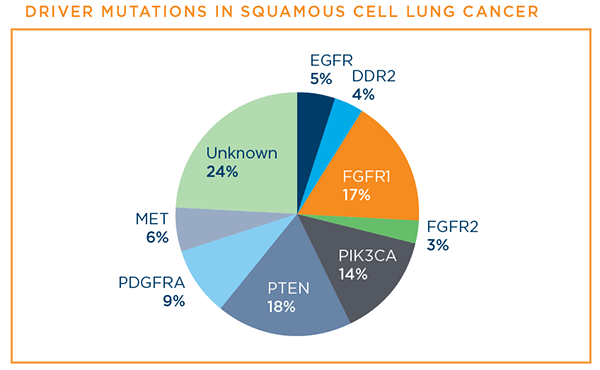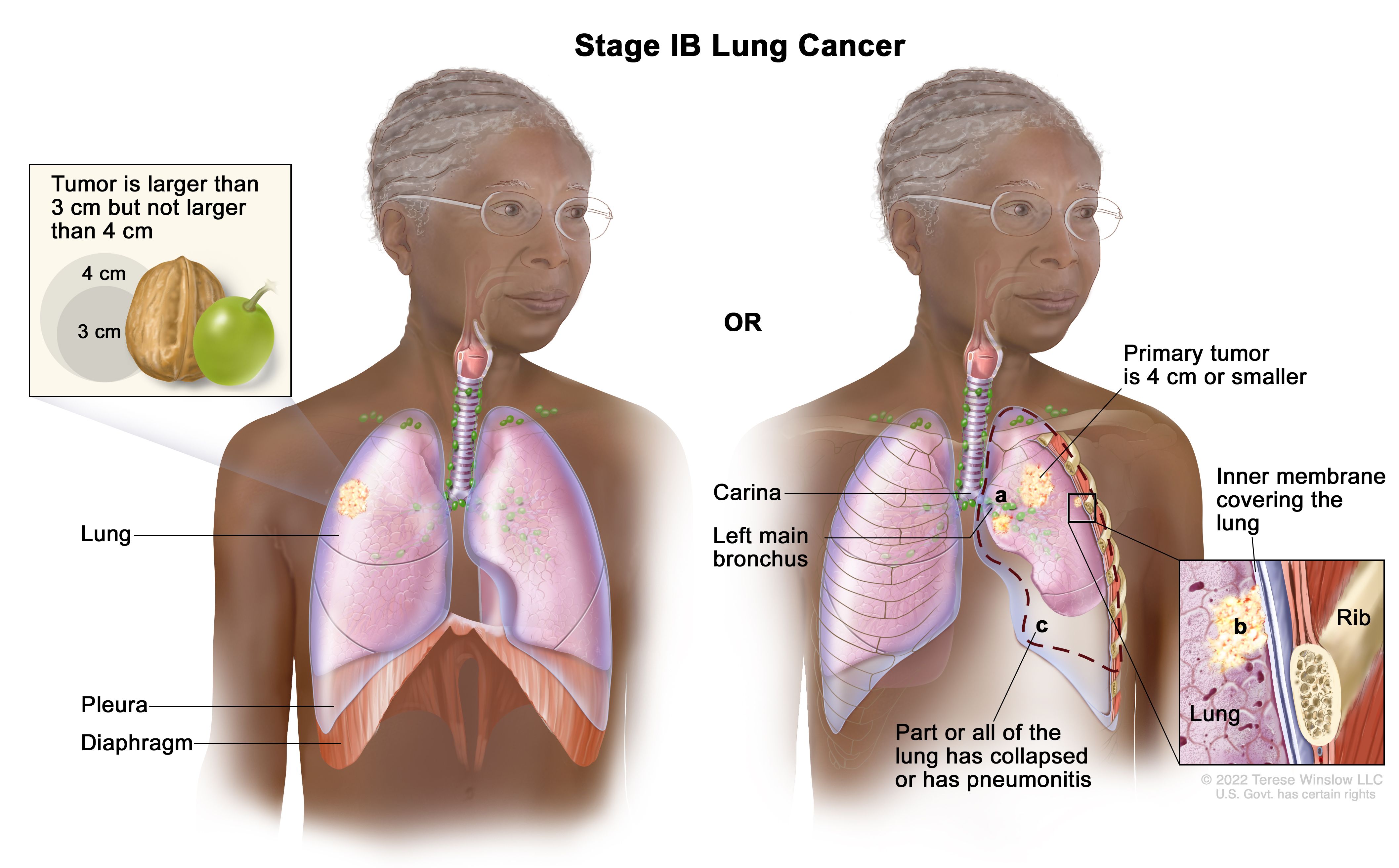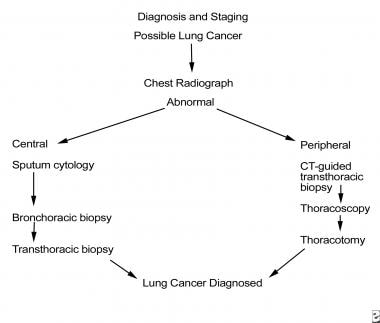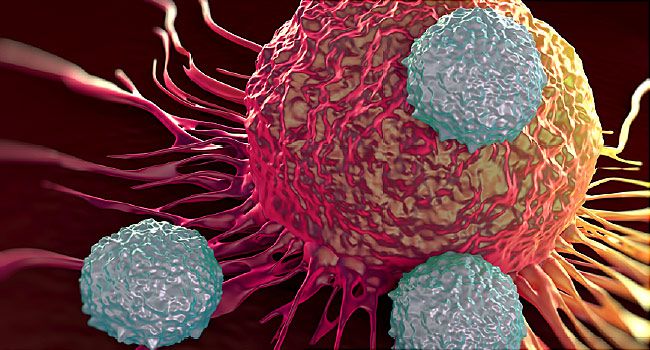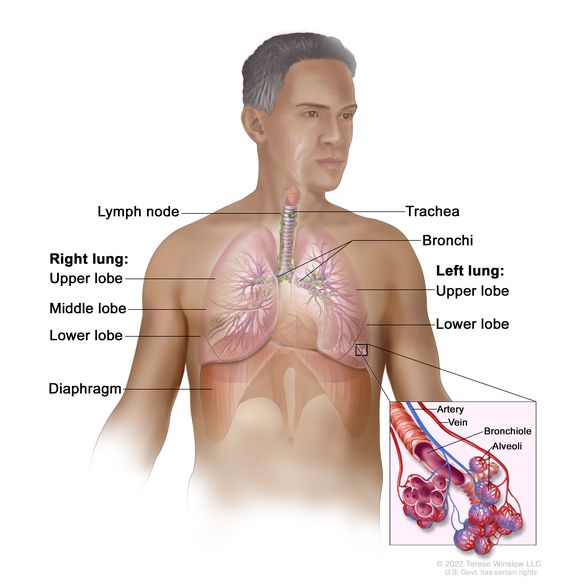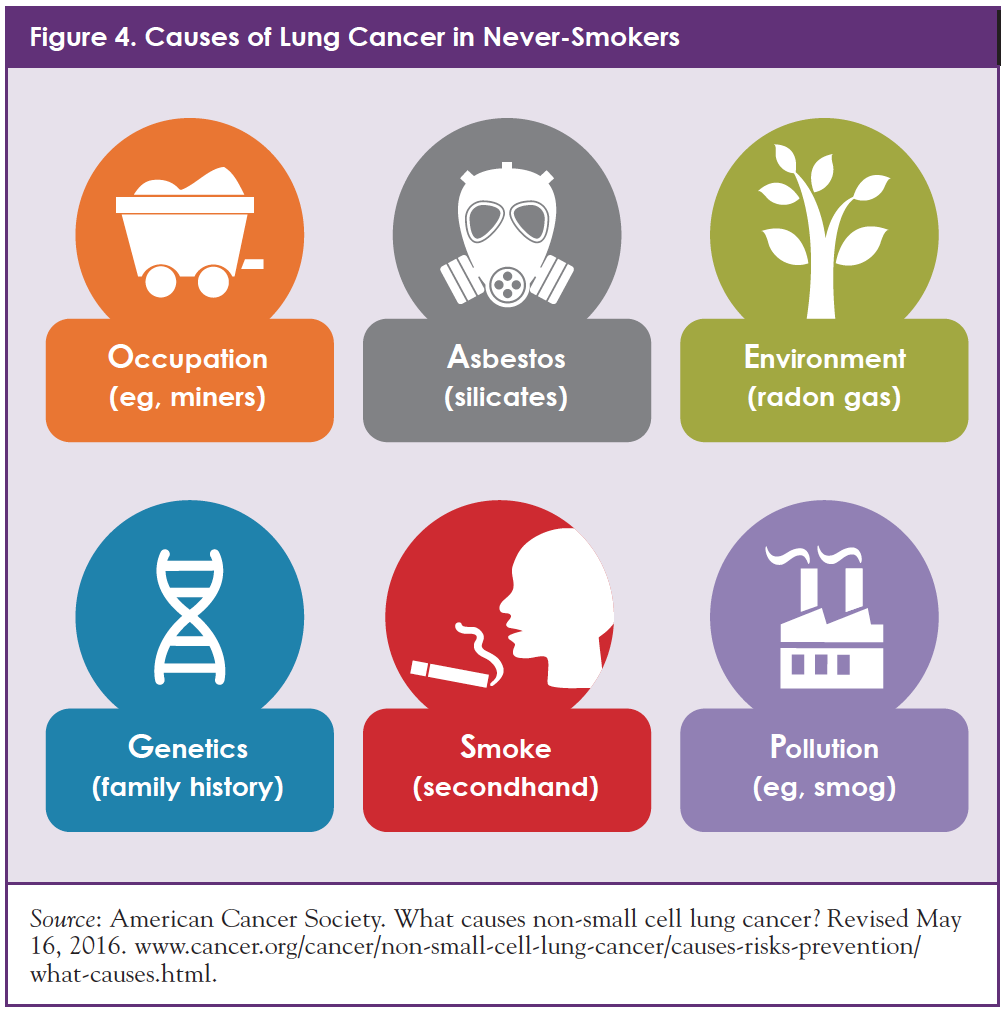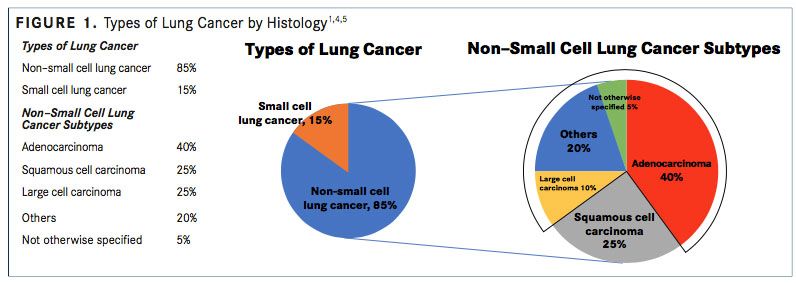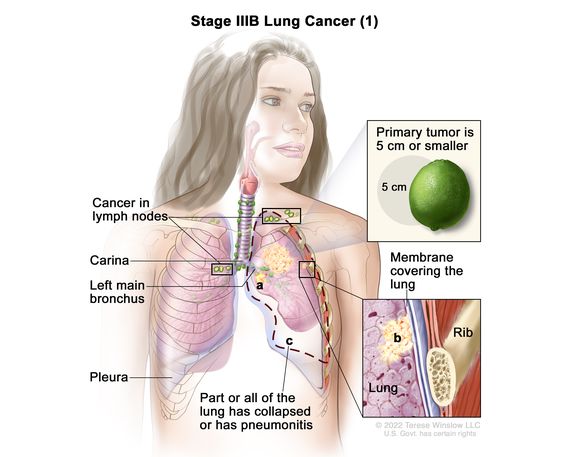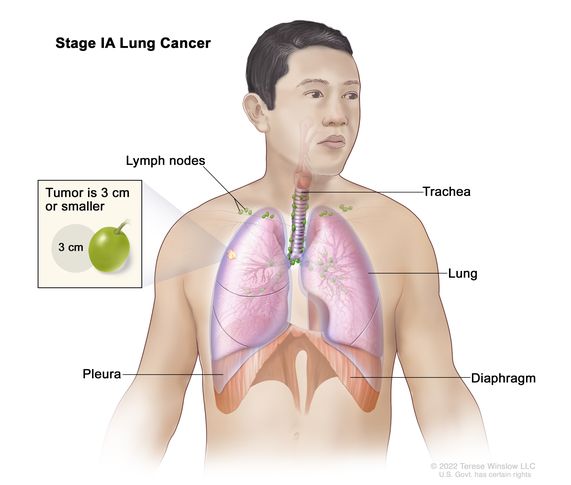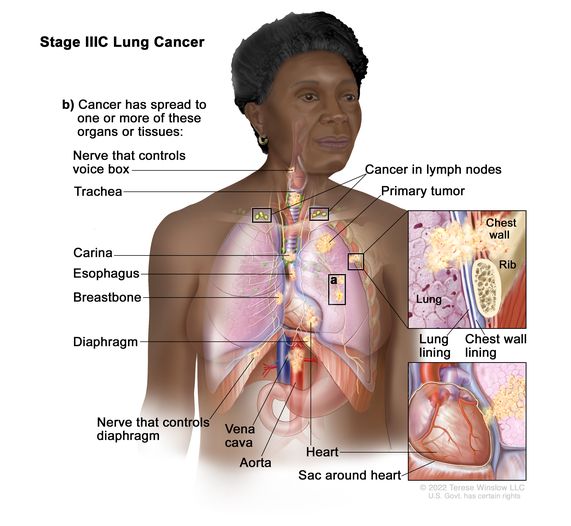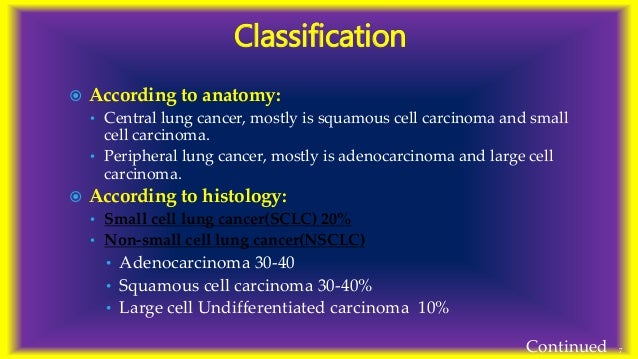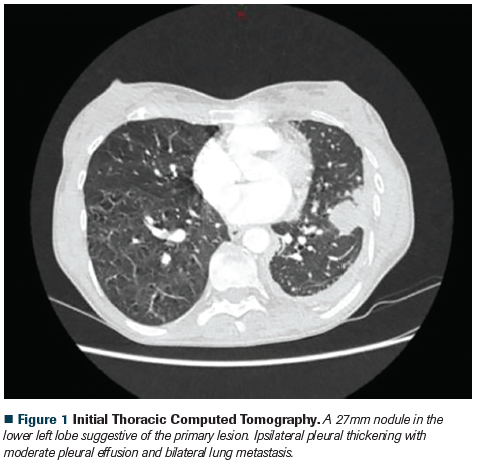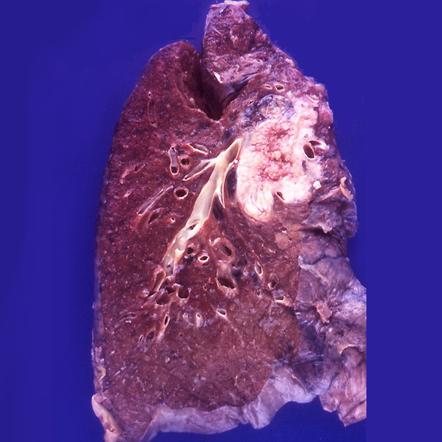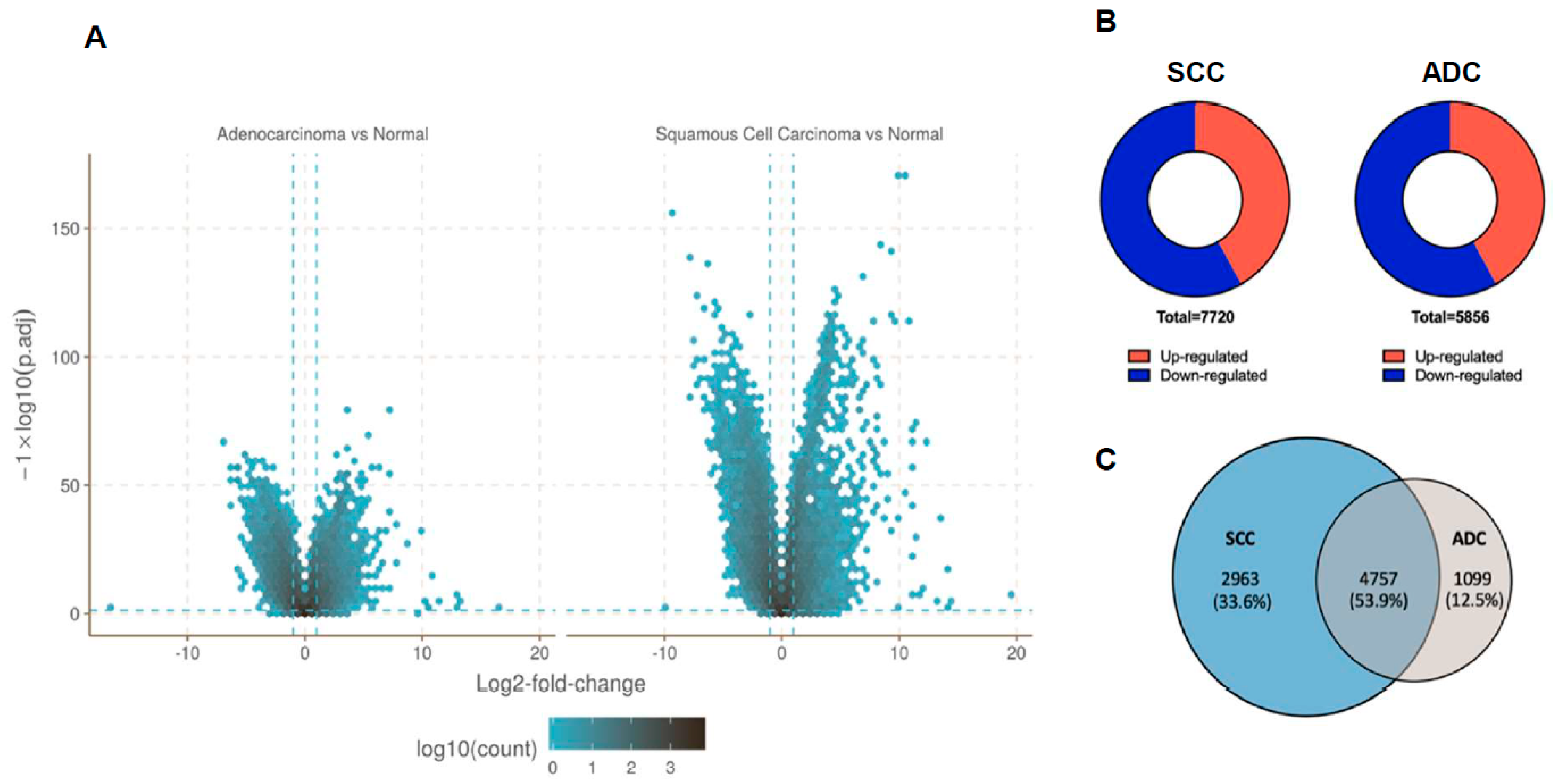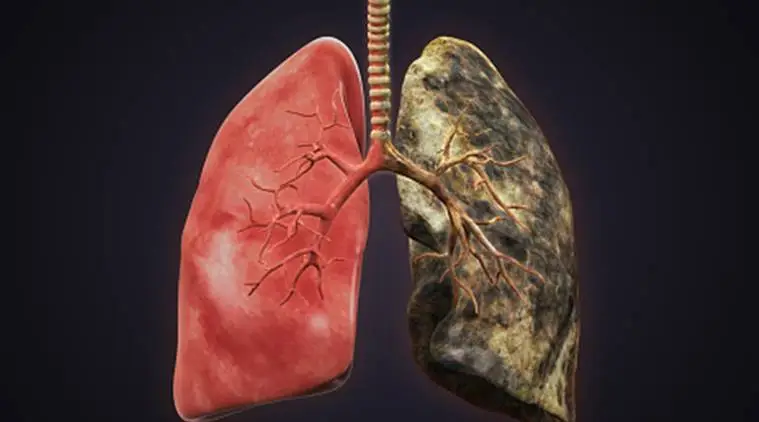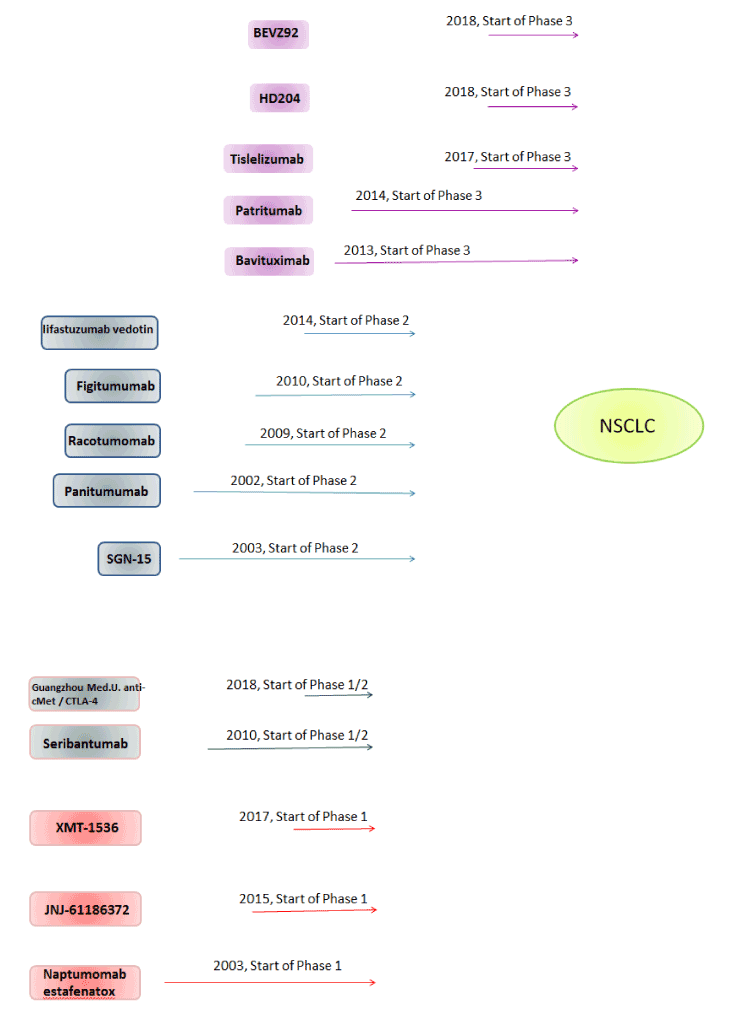Historically adenocarcinoma was more often seen peripherally in the lungs than small cell lung cancer and squamous cell lung cancer both of which tended to be more often centrally located.
Squamous non small cell lung cancer causes.
Squamous cell carcinoma is the second most common type.
Adenocarcinoma of the lung is currently the most common type of lung cancer in never smokers lifelong non smokers.
It s serious but treatment can sometimes cure it or stop it from getting worse.
Being around the smoke from other people secondhand smoke also raises your risk of lung cancer.
It accounts for about 30 of all cases of non small cell lung cancer.
Squamous cells are scale shaped and occur along the tubes of the lungs that is the trachea and bronchi.
Small cell lung cancer sclc and non small cell lung cancer nsclc.
Your risk of all types of lung cancer including squamous cell carcinoma increase if you.
There are two main kinds of lung cancer.
These tumors usually develop in the center of the lung next to an air tube bronchus.
Nsclc is the most common kind of lung cancer comprising 80 to 85 percent of lung.
Squamous cell carcinoma is the second most common type of lung cancer accounting for about 30 of all lung cancers.
Smoking cigarettes is by far the leading risk factor for lung cancer.
Non small cell lung cancer is an umbrella term for several types of lung cancers.
Smoking causes most cases around 90 of non small cell lung cancer.
Adenocarcinomas account for approximately 40 of lung cancers.
Non small cell lung cancer is the most common type of lung cancer.
Small cell lung cancer occurs almost exclusively in heavy smokers and is less common than non small cell lung cancer.
Small cell lung cancer.
Adenocarcinoma is the most common type of lung cancer.
Non small cell lung cancer.
Squamous cell carcinoma accounts for roughly 30 of non small cell lung cancers.
It s classified based on how the cancer cells look under a microscope.
Historically squamous cell carcinoma was the most common type of nsclc but incidence has fallen over the last generation.

/non-small-cell-lung-cancer-causes-4588912_final-2e59864820724b15b184c2bebed13f32.png)


